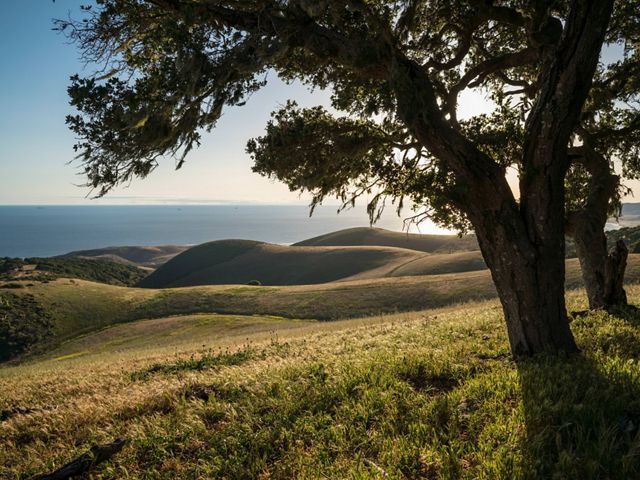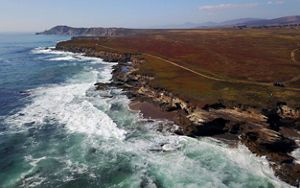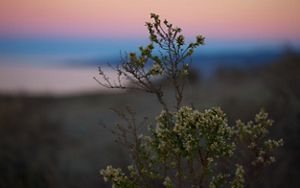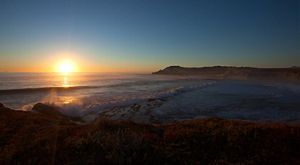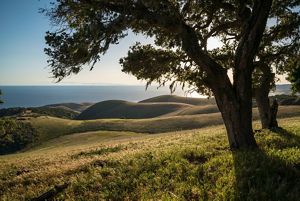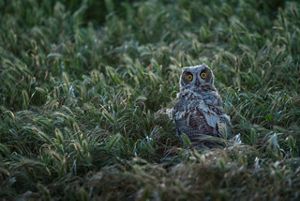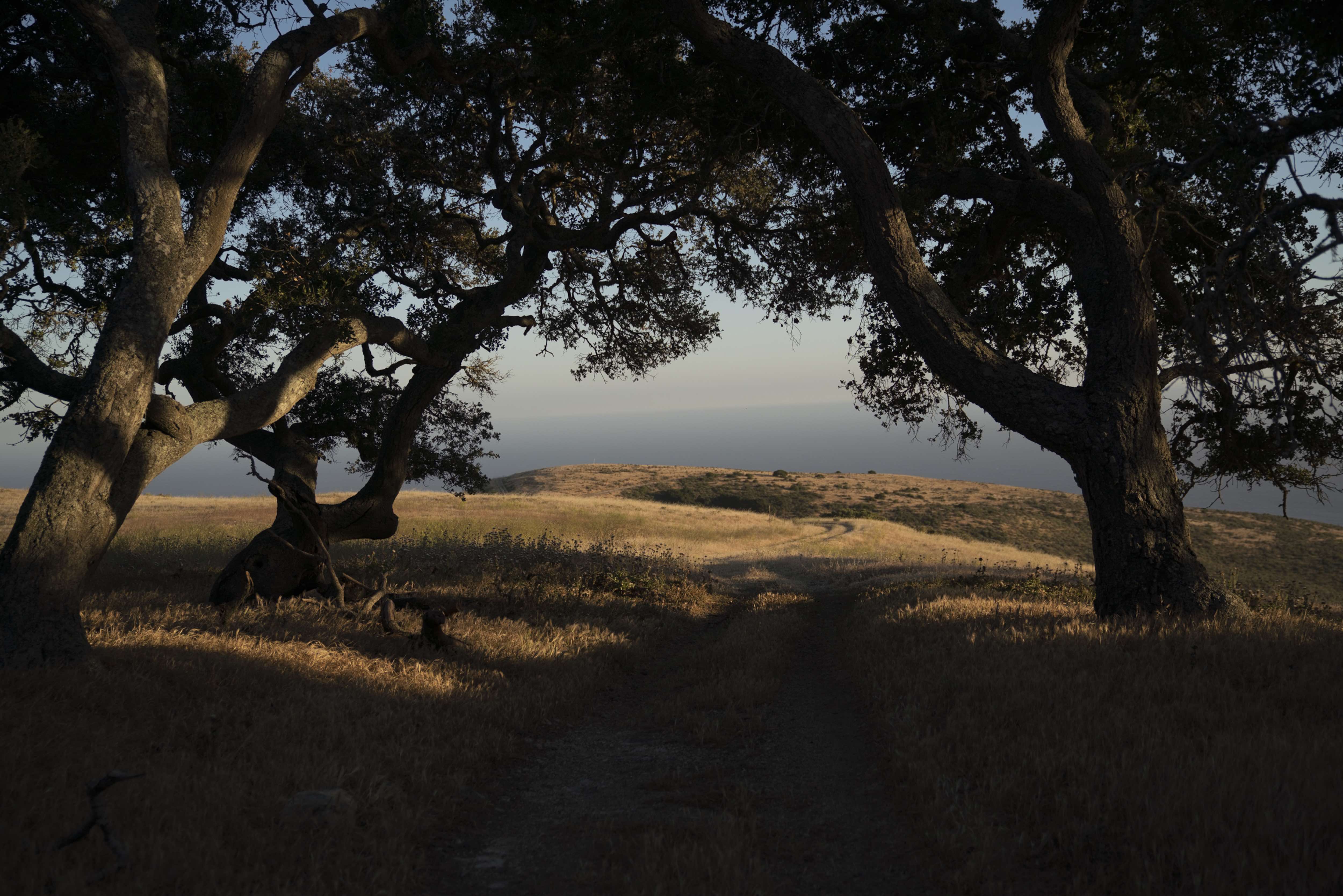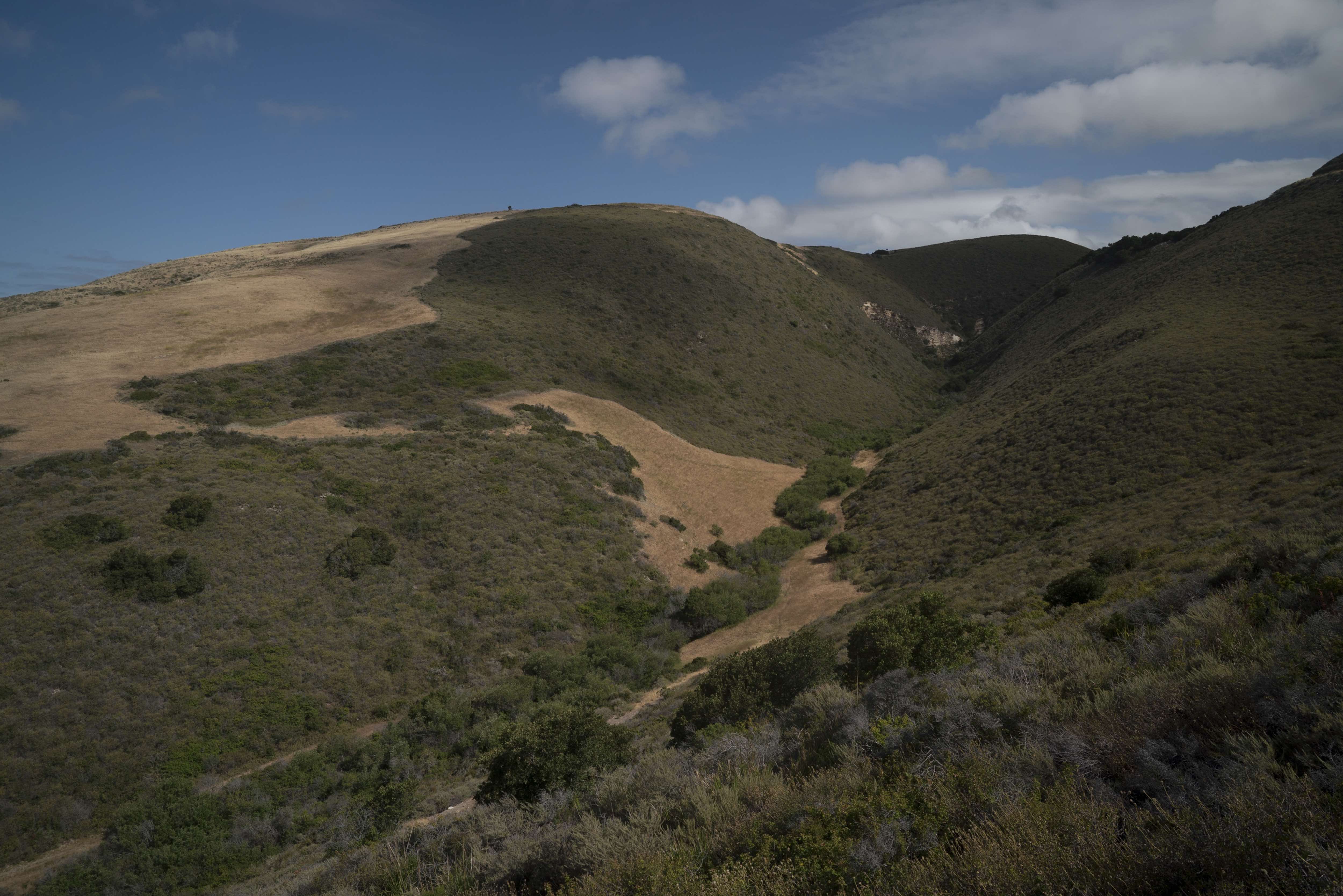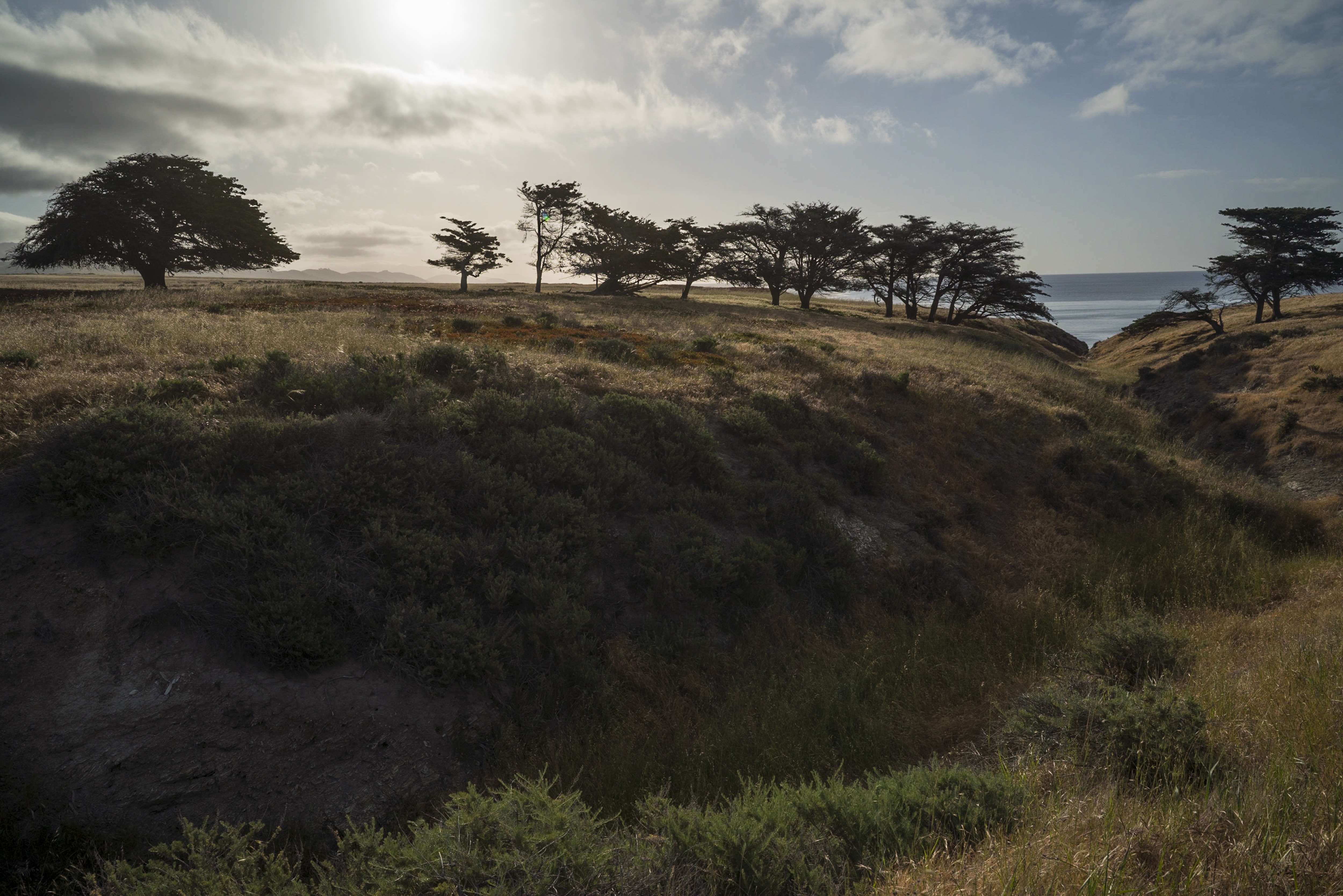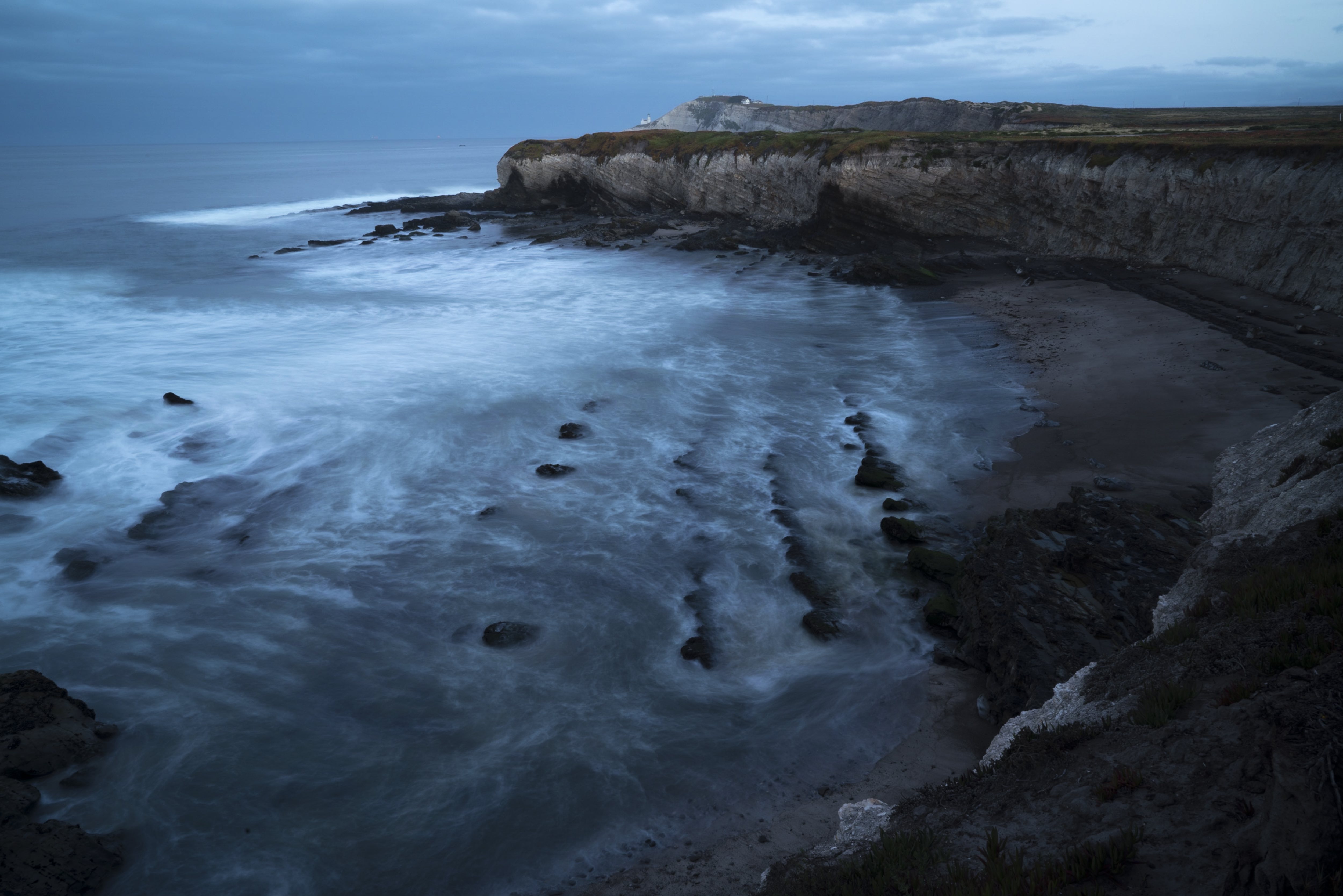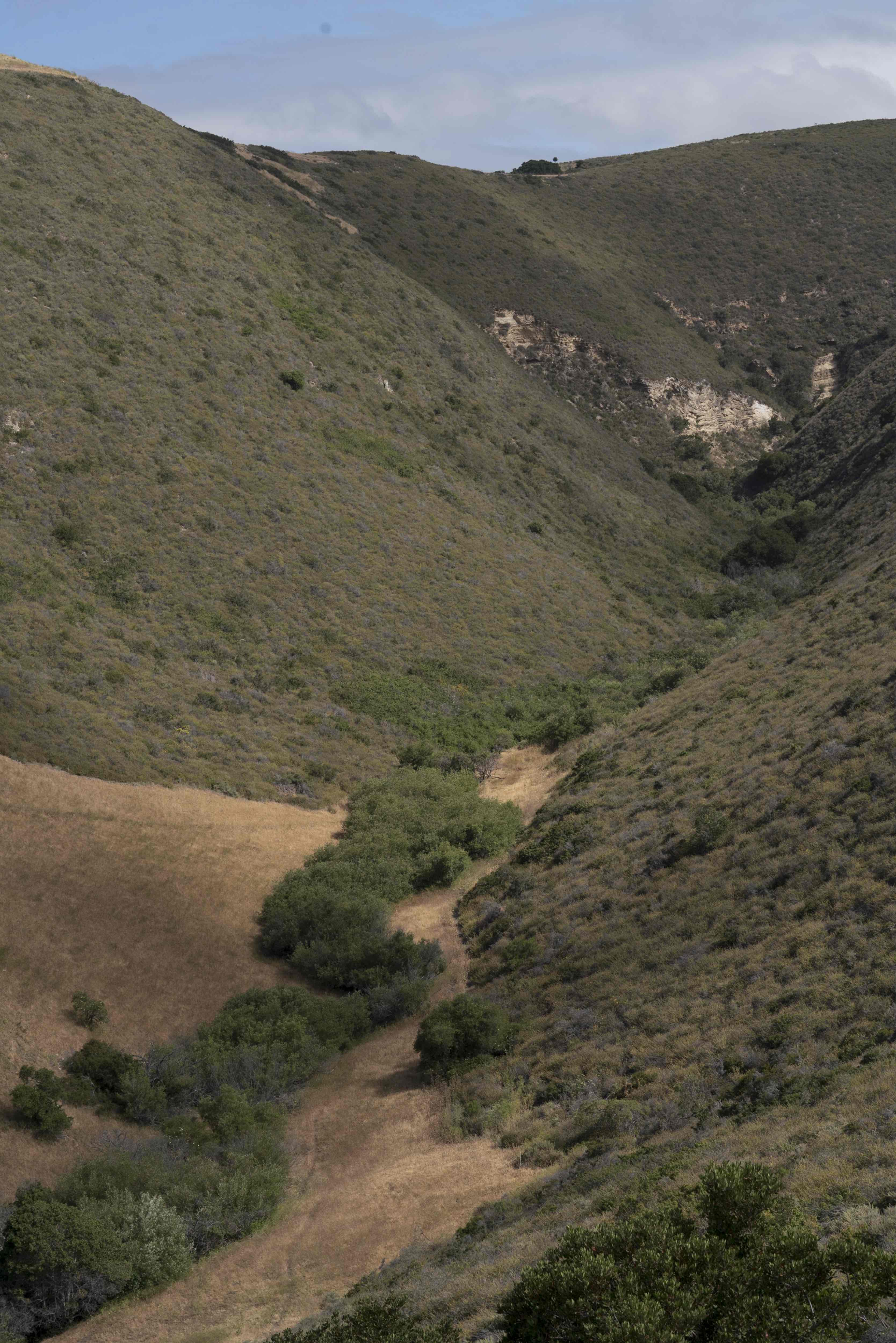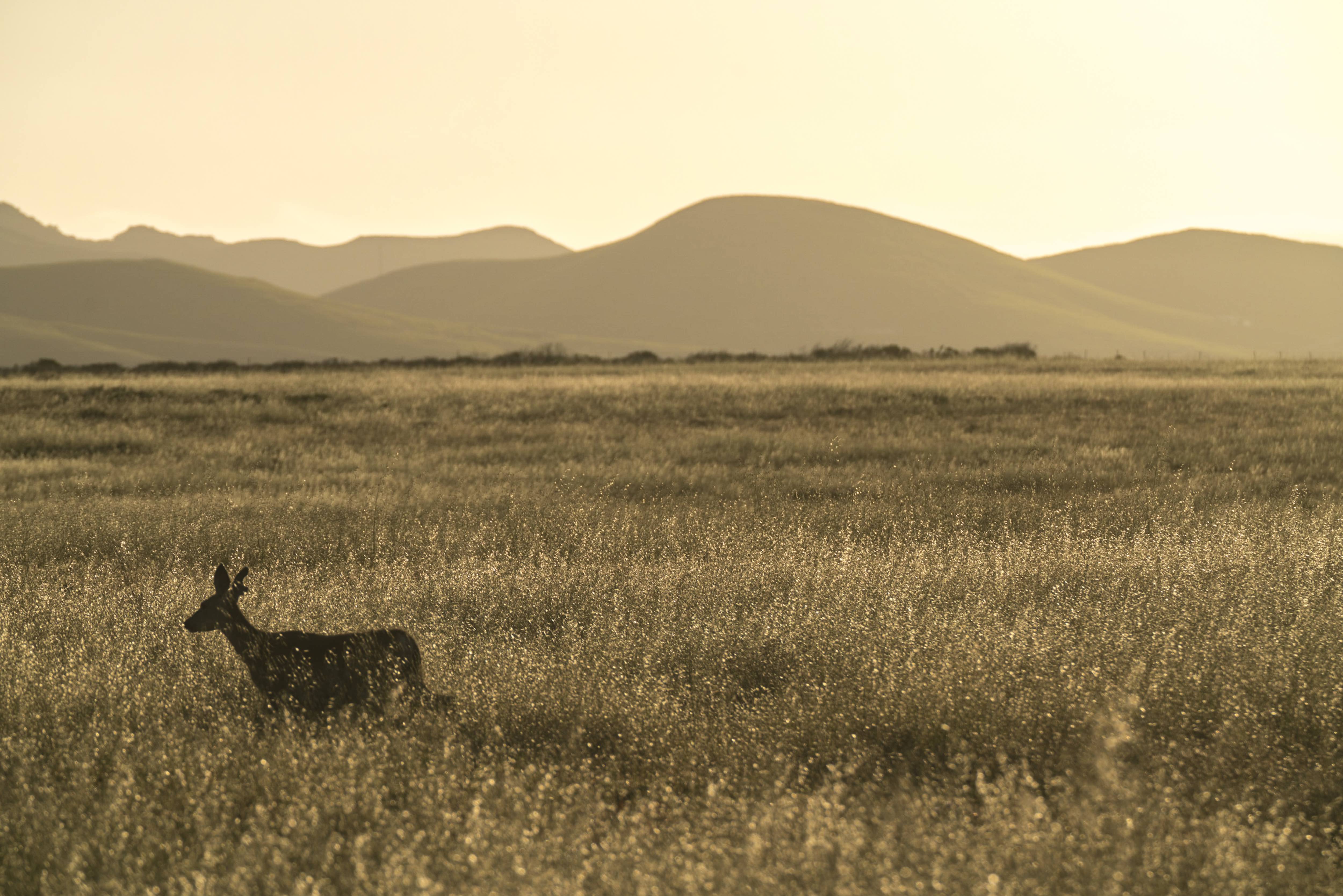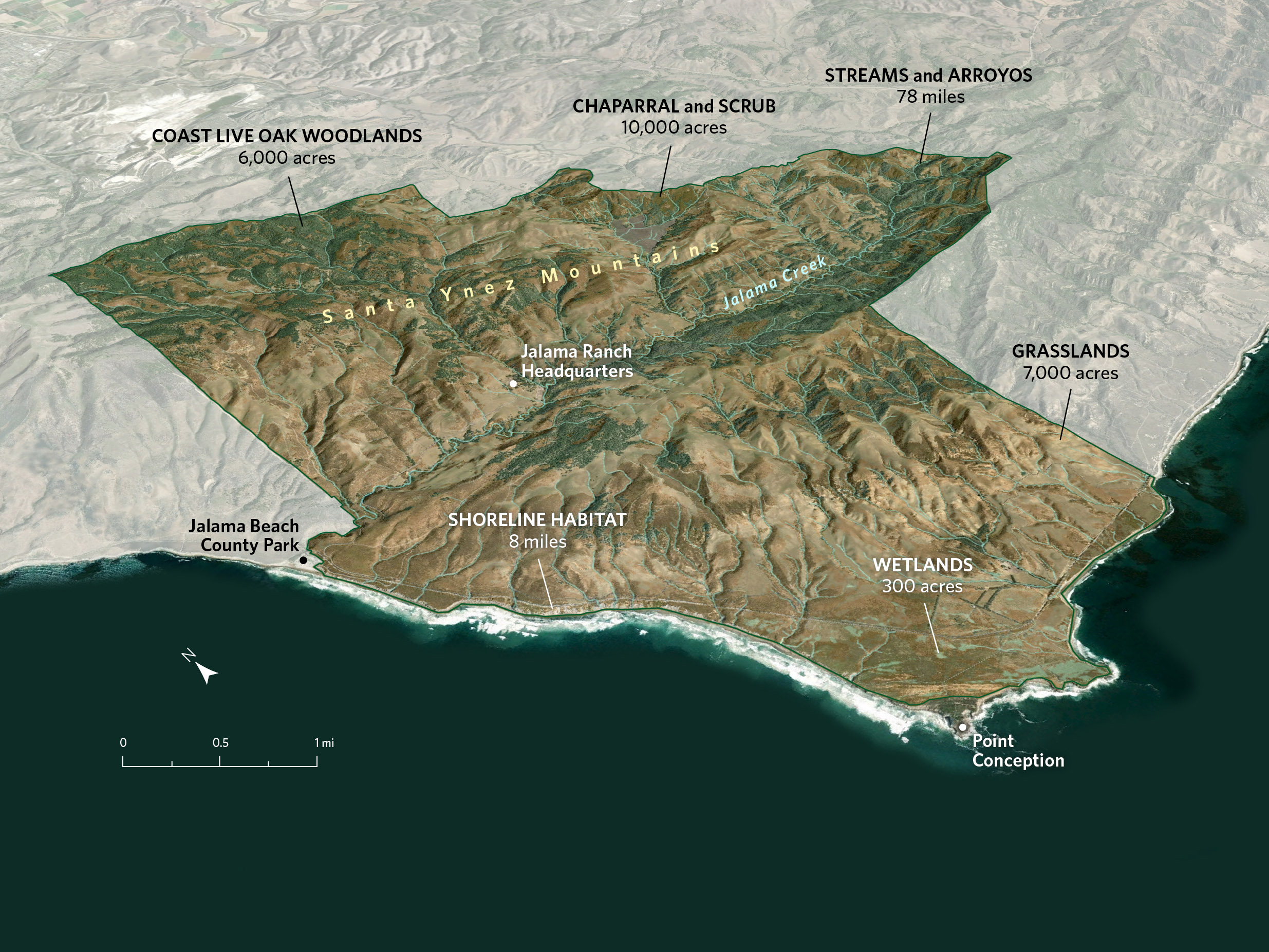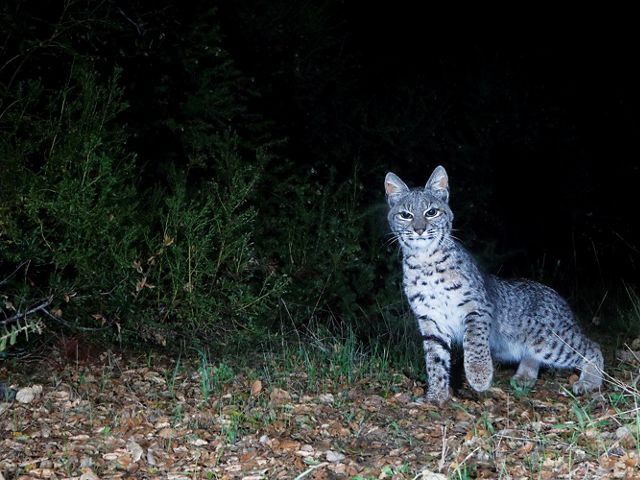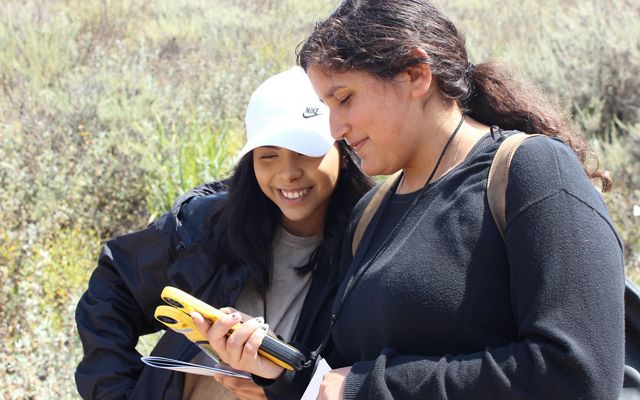Description
The Jack and Laura Dangermond Preserve has been called the last perfect place in California. Tucked below Southern California’s jagged Point Conception, the preserve encompasses 24,000 breathtaking acres of coastal sage scrub, oak-filled valleys and crumbling ocean bluffs. Many species reach the southern or north edges of their terrestrial ranges here, and two major ocean currents meld offshore to create rich marine ecosystems. Free from significant development for a century, the area has retained near-wilderness conditions—it’s a place where mountain lions still hunt marine mammals on the beach. Artifacts from 9,000 years of human lifeways paint an additionally rich historical picture.
A conservation laboratory
TNC is able to preserve and study this historic place thanks to one of the largest gifts in the organization’s history from Jack and Laura Dangermond. The couple founded Esri, a leading geographic information systems technology company. Their goal, along with TNC, was to establish a gold star nature preserve that could facilitate conservation technology sharing worldwide. That goal is being realized at the Dangermond Preserve. The area’s rare sea-to-skyline ecosystems have already become a rich laboratory for scientists, policymakers and educators as the world works to rebalance human interaction with nature in the face of climate change.

